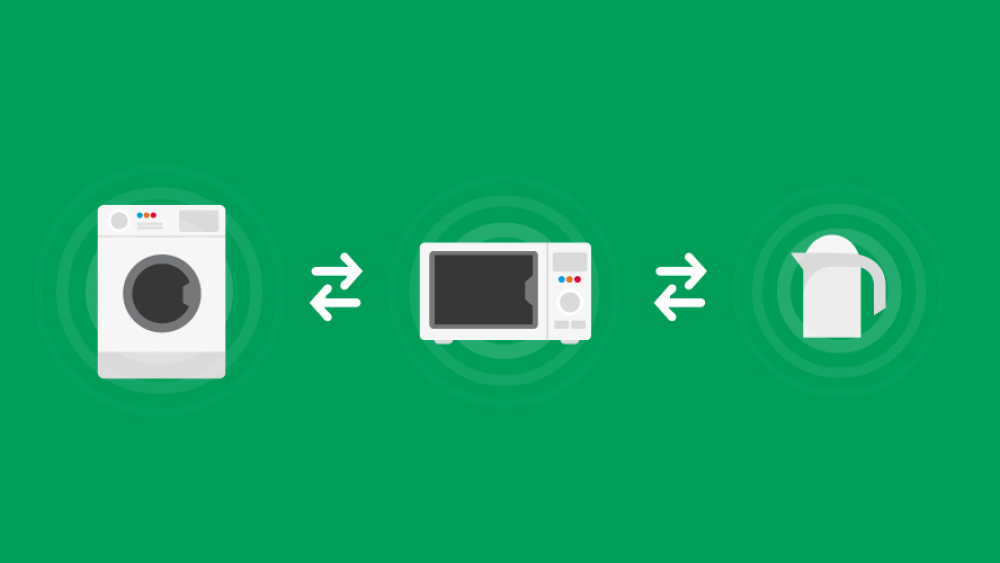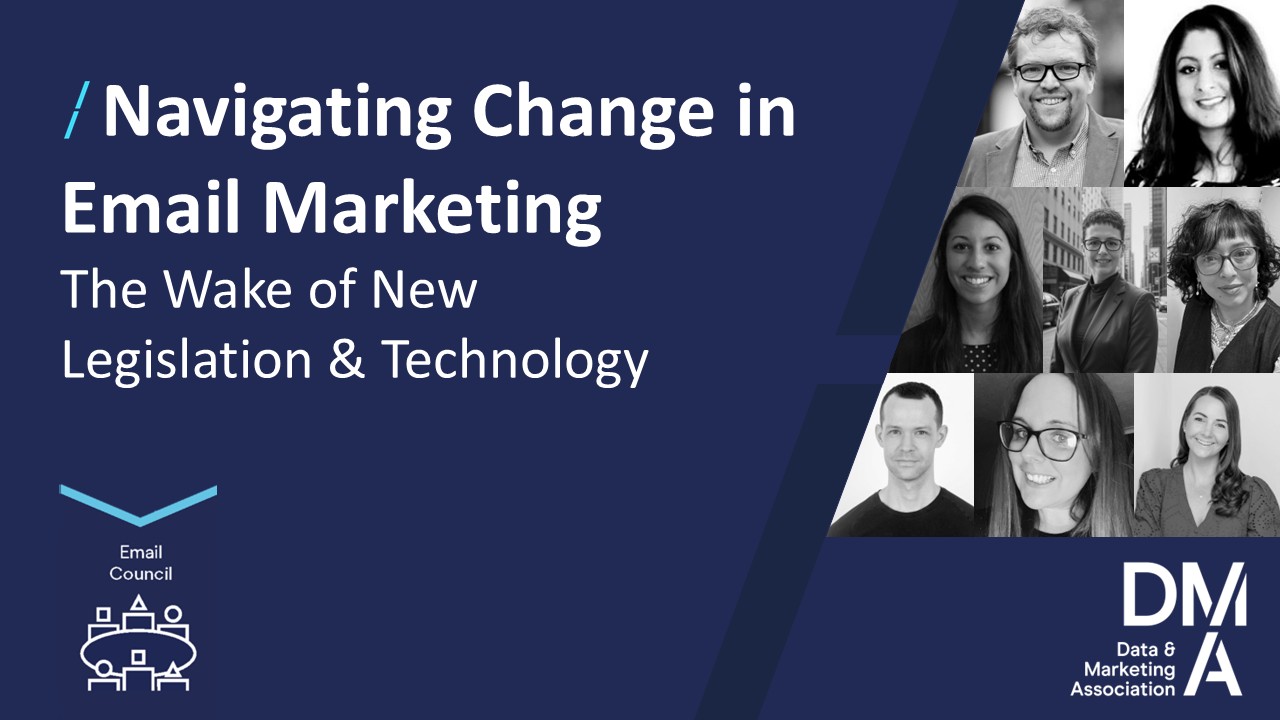Is the internet of things useful to marketers?
20 Mar 2015

The internet of things (IoT) describes a world where all ‘things’ (furniture, appliances, infrastructure, wildlife etc.) can be integrated into the internet. The oft-cited example is a fridge that logs what food is inside it orders new products wirelessly when it runs out.
DigitasLBi’s chief creative officer Simon Gill spoke at the DMA event PULL 2015 on 19 March about the niche that one-to-one marketers could tap into.
In his words, the IoT is:
'The principle that products are inherently more useful and desirable when they come with personalised digital services…that expand or enhance your experience.'
The internet of things needs to capture a market niche – in reality, a fridge that orders food is gimmicky. However, people do prefer digitally personalised products – but only when they make sense. Like a washing machine operated from your smart phone, or remote control air conditioning.
This is the principle one-to-one marketers must consider when marketing in new, innovative ways.
But it’s still in its infancy. And while there are squillions of great ideas for creatives to ponder, there are consequences to consider. Like the ramifications for data privacy. In the future, we may be surrounded by thousands of devices interacting with us digitally. What’s the knock on effect on data privacy? How will data be gathered without consent be used? How will people even know their data is being held? No one has the answers. But resolving them is fundamental to IoT success.
The internet of things will open up up huge banks of information for future marketers, especially in the realm of one-to-one marketing. Devices will exchange an individual’s data with thousands of devices a day, requiring people to re-think the idea of privacy as technology will change what’s possible. CCTV was once considered extremely intrusive but it is now seen as a beneficial part of everyday life.
Above all, marketers must think creatively about how they intend to use the internet of things – beyond grabbing attention. They must use this wealth of information to enrich a person’s experiences and capture their imagination. As Simon put it, 'the internet of things must solve real world problems'.





Please login to comment.
Comments